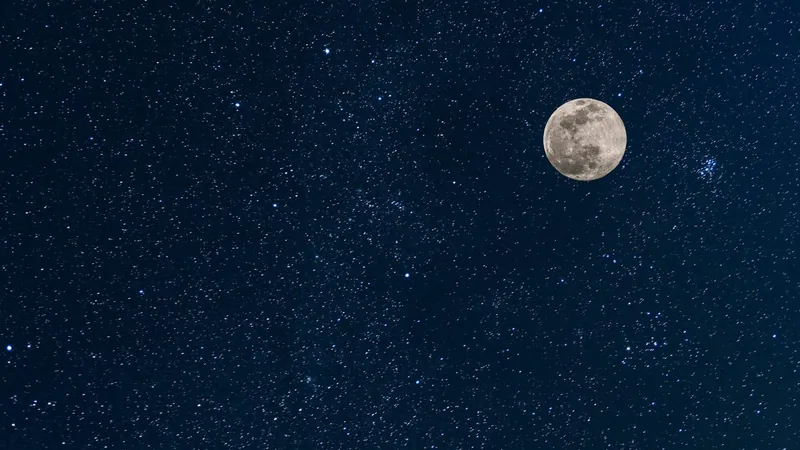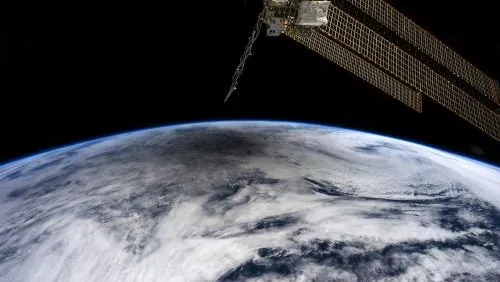
Earth’s New Mini-Moon Arrives Today: What You Need to Know About This Extraordinary Visitor!
2024-09-29
Author: William
Get ready, sky watchers! A new mini-moon, roughly the size of a city bus, is set to grace our skies starting today! An asteroid known as 2024 PT5 will enter Earth's orbit and remain with us until the week of Thanksgiving, specifically from September 29 to November 25, before darting off back into the depths of our solar system.
These temporary celestial companions, dubbed "mini-moons," have piqued the interest of astronomers everywhere. The asteroid was discovered by ATLAS (Asteroid Terrestrial-impact Last Alert System) this past August. In a non-peer-reviewed study, researchers emphasized that this mini-moon is likely a genuine asteroid, rather than just space debris, which highlights the ongoing interest in our cosmic neighborhood.
Interestingly, many previous mini-moons have turned out to be random space junk. One particularly infamous case from 2020 was identified as a booster from the 1966 Surveyor 2 mission. However, 2024 PT5 appears to be a bona fide small, rocky object that orbits the sun.
To visualize its journey, amateur astronomer Tony Dunn has shared a captivating simulation on social media platform X, showing the anticipated path of 2024 PT5. This asteroid has been hanging nearby since July, and during its trajectory, it will exhibit negative geocentric energy for about 56.6 days. The simulation reveals that it will orbit in a path that only covers about 25% of Earth's circumference.
It’s worth noting that while many mini-moons fully orbit Earth, 2024 PT5 will not, which is why astronomers refer to it as a "temporarily captured flyby." In contrast, those that do complete an orbit are termed "temporarily captured orbiters."
A Missed Viewing Opportunity for Most
However, don’t get too hopeful about observing this mini-moon. Unfortunately, 2024 PT5 is quite dim. According to NASA, its absolute magnitude is a staggering 27.593—far too faint for visibility, even with a telescope. For perspective, the faintest stars visible to the naked eye are around magnitude 6.5, and a 12-inch telescope can capture objects with magnitudes between 16 or 17. If you’re into amateur astronomy, you might need a much larger scope to catch a glimpse of this elusive asteroid.
Mini-moons aren’t as rare as you might think. Earth experiences visits from such objects nearly every year. In fact, we welcomed a mini-moon in 2022 with the 2022 YG asteroid and another back in 2020, courtesy of the 2020 CD3 asteroid. Some mini-moons are even bright enough for amateur telescopes to detect.
Stay tuned to the skies, and while we may not see 2024 PT5 with our own eyes, the scientific insights from this occurrence will surely add to our understanding of asteroids and their interactions with Earth!









 Brasil (PT)
Brasil (PT)
 Canada (EN)
Canada (EN)
 Chile (ES)
Chile (ES)
 España (ES)
España (ES)
 France (FR)
France (FR)
 Hong Kong (EN)
Hong Kong (EN)
 Italia (IT)
Italia (IT)
 日本 (JA)
日本 (JA)
 Magyarország (HU)
Magyarország (HU)
 Norge (NO)
Norge (NO)
 Polska (PL)
Polska (PL)
 Schweiz (DE)
Schweiz (DE)
 Singapore (EN)
Singapore (EN)
 Sverige (SV)
Sverige (SV)
 Suomi (FI)
Suomi (FI)
 Türkiye (TR)
Türkiye (TR)